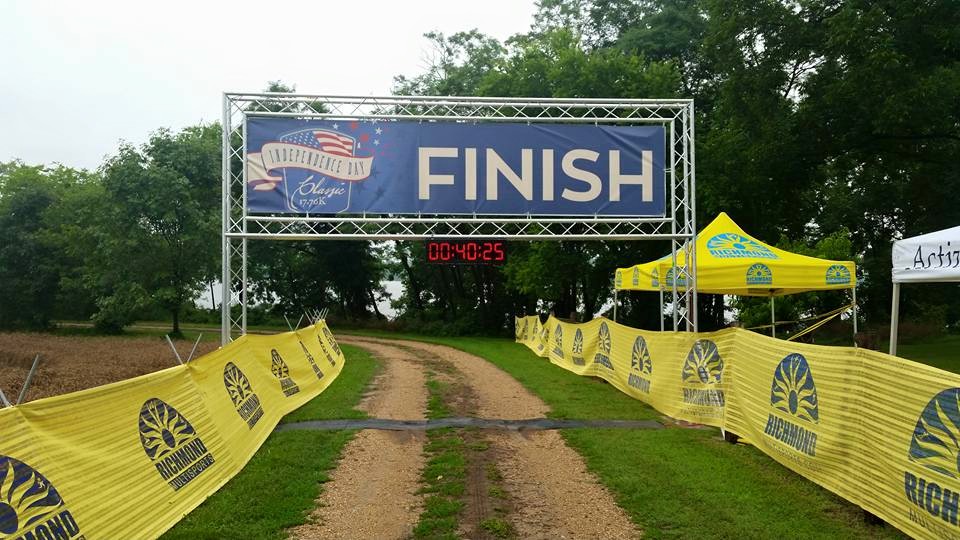Sponsorship 101: A How-To Guide for Race Directors

If you could bring in extra revenue to your race, would you do it? Each year, organizations spend millions of dollars on race event sponsorships across the country. And they don’t show signs of stopping!
The key to any good sponsorship program is to have a plan and to follow through on it. Here, we will outline everything you need to know in order to bring in sponsors and keep them happy!
Sponsorship Collateral
Before you make any phone calls or send out any emails, it’s important to have a sponsorship kit that you can provide to sponsors. This can simply be a Word document that explains what you do, why you do it, statistics on your race and the benefits for different levels of sponsorship. You can also easily create a slide deck or PowerPoint presentation to bring the same points across.
Most race directors simply put together something with logos and text. If you want to get more creative, you can simply Google any number of races and see what kind of sponsor packets they put together. No need to reinvent the wheel!
Don’t forget to also include a sponsor form that people can fill out with checkboxes for the level at which I’d like to sponsor, the deadline for submitting the form and the funds, how much each sponsorship level costs, and contact information.
Your Sponsorship List
Now it’s time to do some planning! It’s important to have a good list of companies and organizations to contact.
A great way to organize all this is in a simple Excel spreadsheet. Collins can include company type, company name, contact name, phone, email, address, and notes. The new section is a great place to include any information regarding correspondence with your contacts. That way you know what to do next or had a follow up.
Some events provide exclusivity for specific industries or verticals, but that really depends on the value place on anyone sponsorship. It makes sense to provide exclusivity if the sponsor pays a certain amount for that privilege.
What kind of organizations should you contact? Think about your particular audience. What other types of companies share that particular audience or would like to market to the same group of people? Some examples can be fitness and yoga studios, energy drinks, healthy prepared meals, grocery stores, vitamin shops, hospitals, chiropractors, massage parlors, spas, and so much more. It’s really up to you to get creative!
Activating Sponsors
Once you capture sponsors, it’s important to make note of where they are in the sponsorship process. In your spreadsheet of contacts, add extra columns for the status of each prospect, whether you’ve collected their logo, whether their logo has been applied to different collateral that you have promised as a benefit of their sponsorship level, description of collateral to include for participant bags, and any other specific deliverables.
Make sure that as you collect items or ask on the deliverables, that you mark them on your spreadsheet.
If you have booths or any other onsite benefits for your sponsors, note those as well. Make sure that you have all the necessary forms for them to fill out, like certificates of insurance, a form that outlines all their needs like electricity, number of tables, number of chairs, etc.
Post-Event Followup
At this point, you had a great event, your sponsors are happy, and you have extra revenue in the bank. Now it’s time to make sure that you follow up with your sponsors.
The first thing is to send out a survey to each one. This can be as simple as a Google form or a survey from Survey Monkey. You can position it as an opportunity for you to find out what they loved about the event, as well as opportunities to help make your sponsorship program even better.
Don’t forget to thank your sponsors. Some races simply send out a race shirt with a handwritten card the week following the race.
Are you ready to get those sponsors? It can be a challenge to get started, but once you set a goal, prioritize your list and follow through on it, you’ll be so glad you did!
